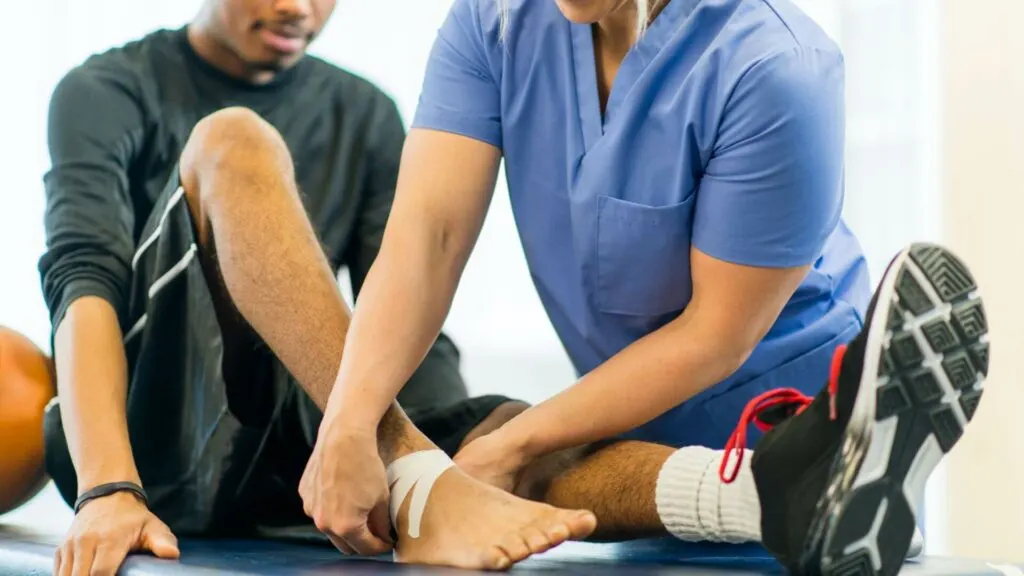Sports can cause soft tissue injuries, such as sprains and strains, regardless of contact levels. Soft tissue therapy is a form of physical therapy focused on manipulating, managing, and rehabilitating the body’s soft tissues — tendons, muscles, and ligaments.
The techniques applied during therapy can help reduce swelling and restore the range of motion to otherwise restricted limbs. While often reviewed through the lens of sports, soft tissue therapy can benefit anyone experiencing such an injury.

Reduce Swelling
Soft tissue injuries typically result in swelling and pain. The injury can lead to a red appearance and the feeling of heat as blood flow increases in the area — swelling results from fluid movement and an increase in white blood cells.
Initial swelling is good; it is the body’s way of protecting itself. Chronic inflammation indicates that the body is excessively responding to an injury, which can become problematic. Normal swelling can aid recovery, but too much swelling puts extra pressure on the affected area and can reduce blood flow.
Soft tissue therapy, a standard physical therapy treatment for sports, helps improve lymphatic flow and circulation while removing metabolic waste and easing the swelling response. By increasing circulation and aiding the waste removal process, physical therapists help speed up the recovery process.
While therapy can reduce swelling, patients must remember to take it easy and listen to their therapist. An athlete who jumps right back onto the field because the swelling is down risks further injury. A PT knows best, so heed their advice.

Regain Control of Your Limbs
Most athletes are eager to regain control of their limbs after an injury. Their eagerness can lead to overzealousness and recklessness, which risks their body and prospective careers.
Even the best physical therapists are not miracle workers. They cannot force an athlete’s body to heal faster than biology deems prudent. Regardless of individual desire or ambition, a sprain takes seven to 10 days to recover if minor; a more severe sprain can take several weeks.
A PT can help an athlete reduce the recovery timeline, but they cannot eliminate it. If an athlete or individual wants to regain control and functionality of their injured limb, they must listen to their therapist, resting and performing exercises only when and as instructed.
Sprains, strains, and other soft tissue injuries will heal with patience, time, and commitment. A licensed PT can also help patients retain or improve limb control and strength.
Physical therapy is about working in communion with your body, understanding when to relax and when it’s safe to push. A PT can help athletes and others regain mobility and ability after an injury.
Soft tissue injuries are common in athletics. Whether an athlete or not, physical therapy is a practical and holistic approach to treating such injuries, if you have a sprain, strain, or other soft tissue issue, contact a local physical therapy clinic to discuss treatment options and schedule an appointment.

Jessi is the creative mind behind The Coffee Mom, a popular blog that combines parenting advice, travel tips, and a love for all things Disney. As a trusted Disney influencer and passionate storyteller, Jessi’s authentic insights and relatable content resonate with readers worldwide.
